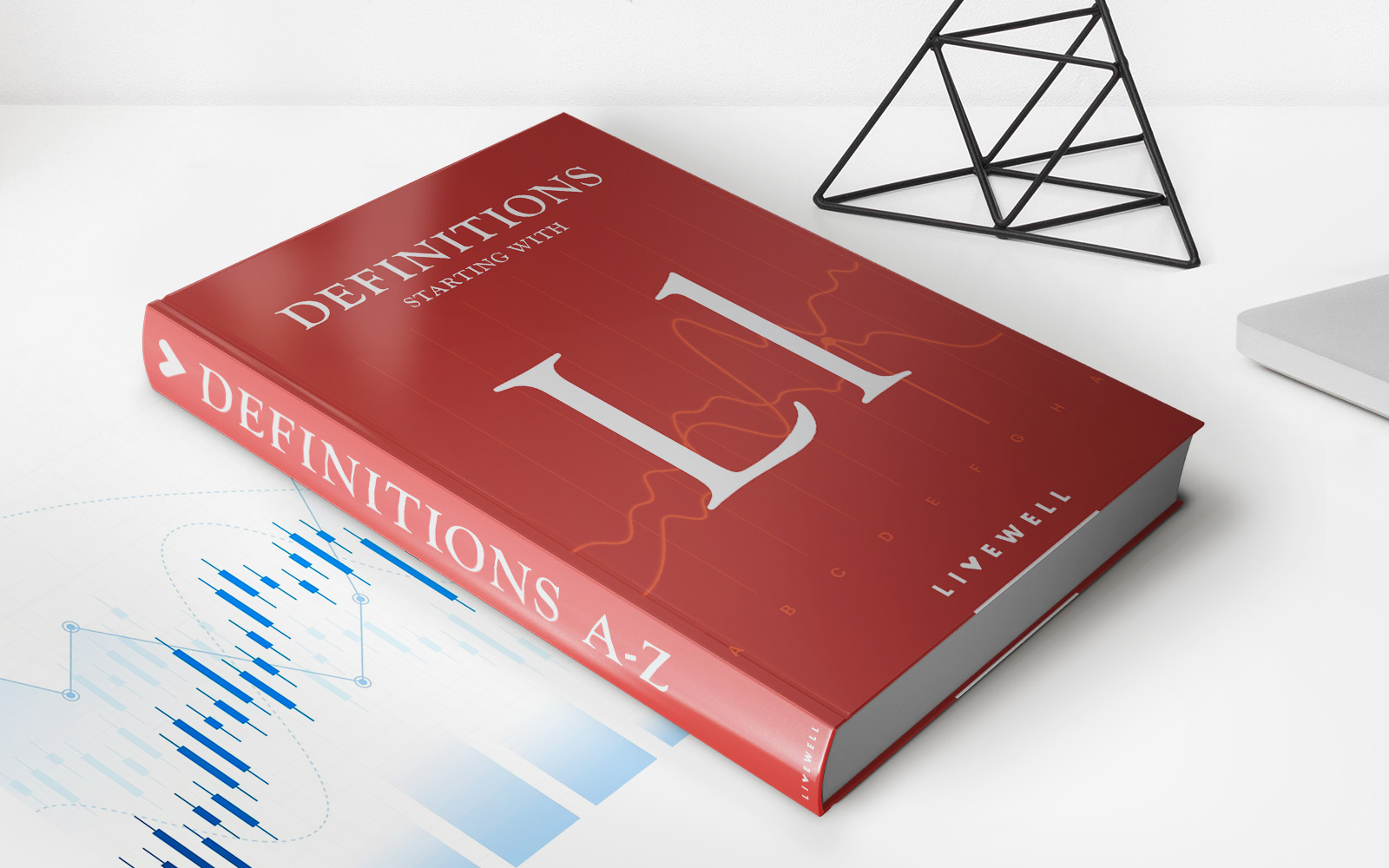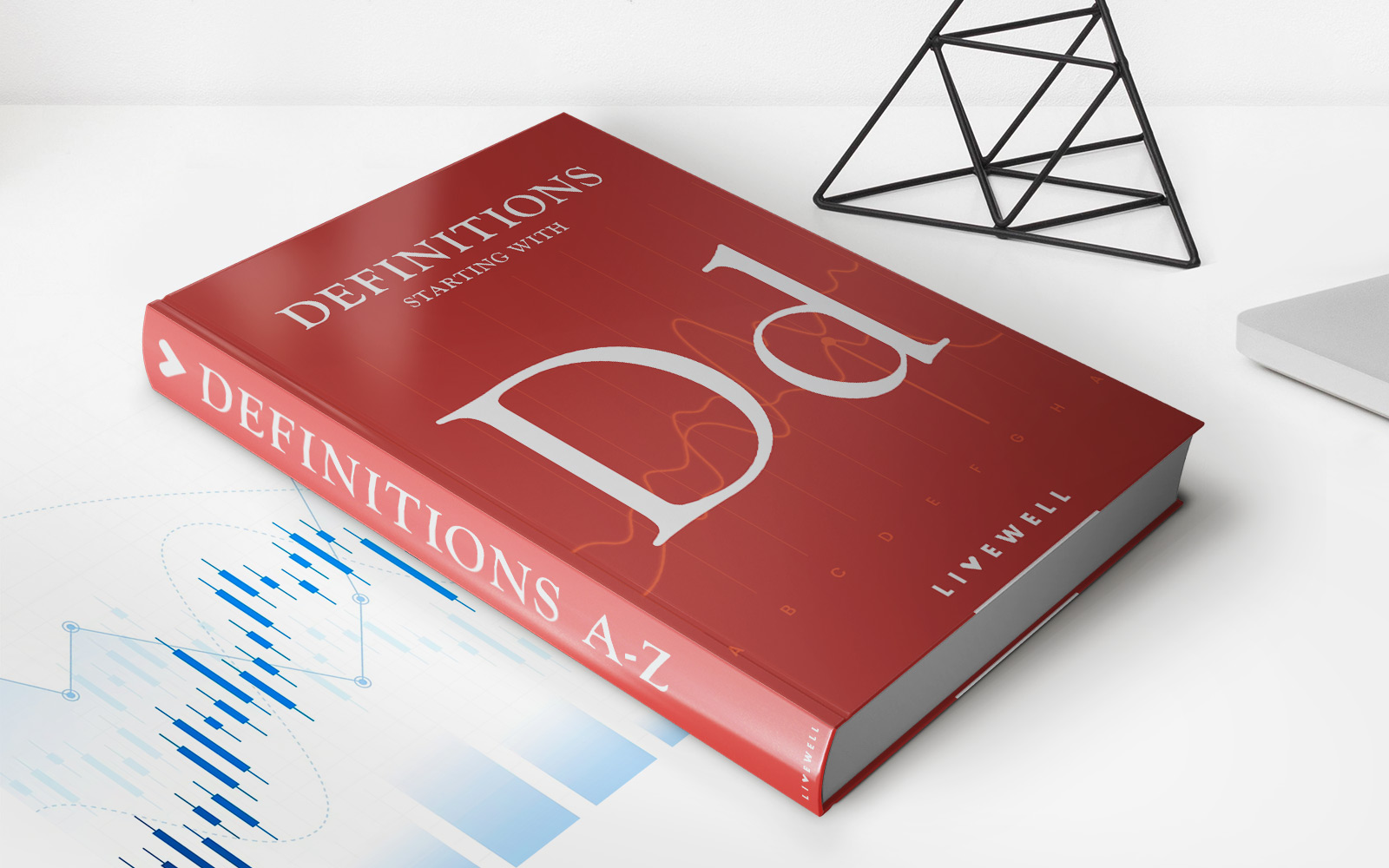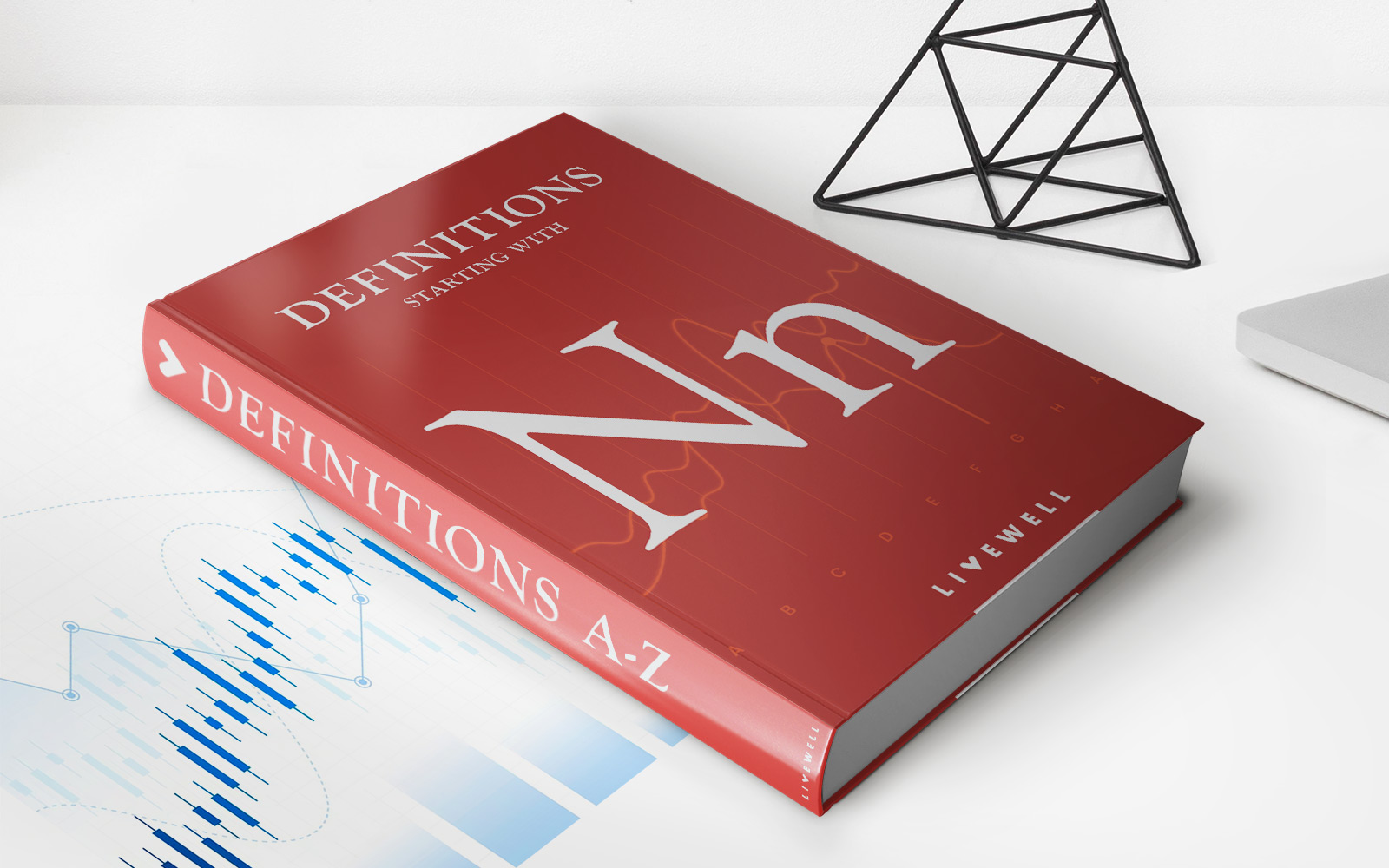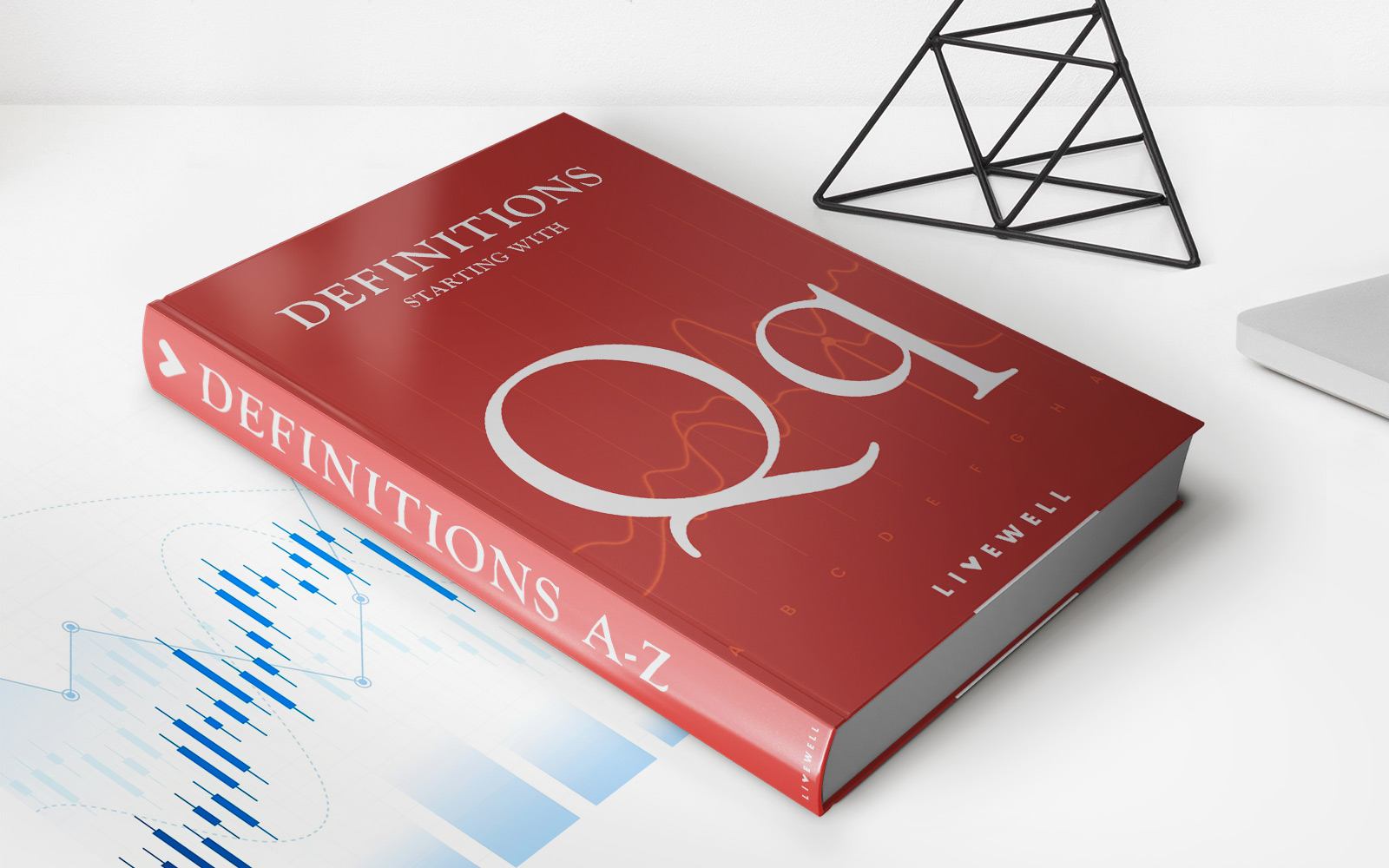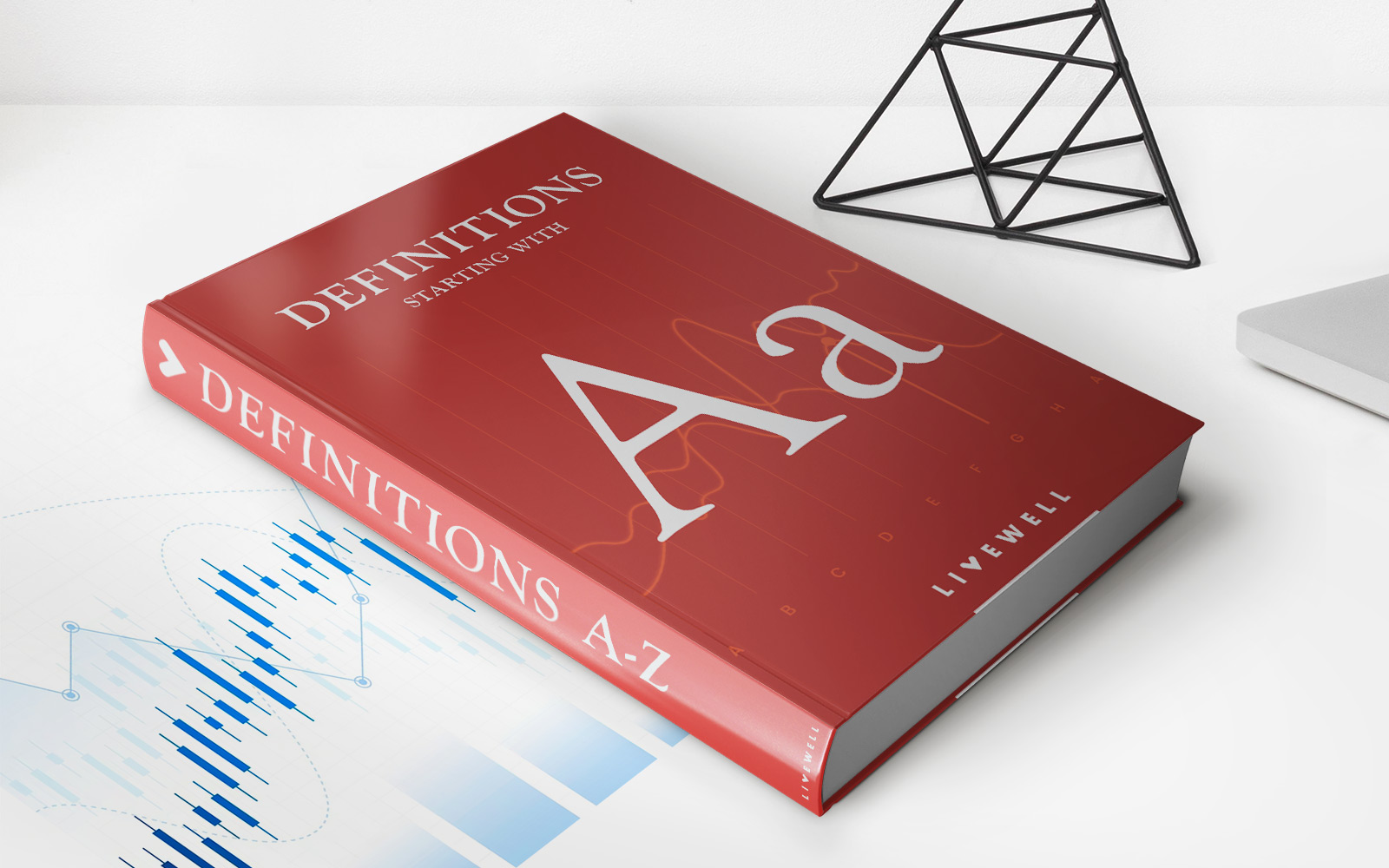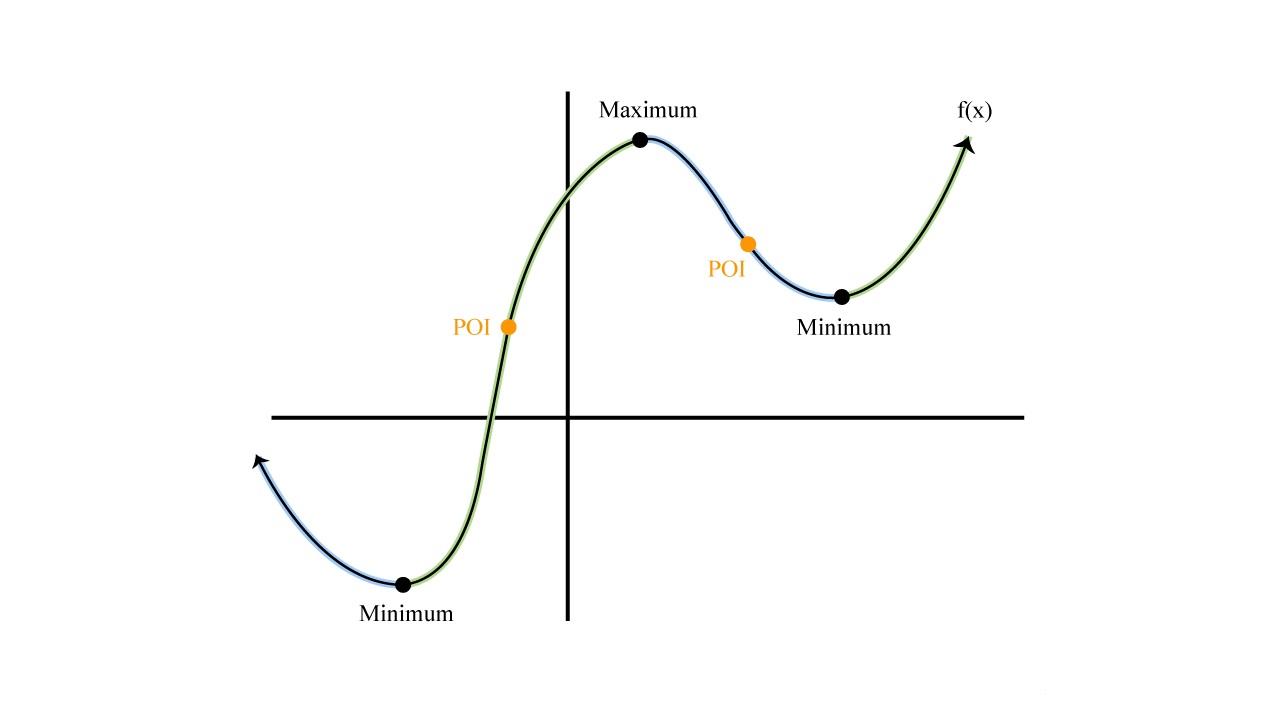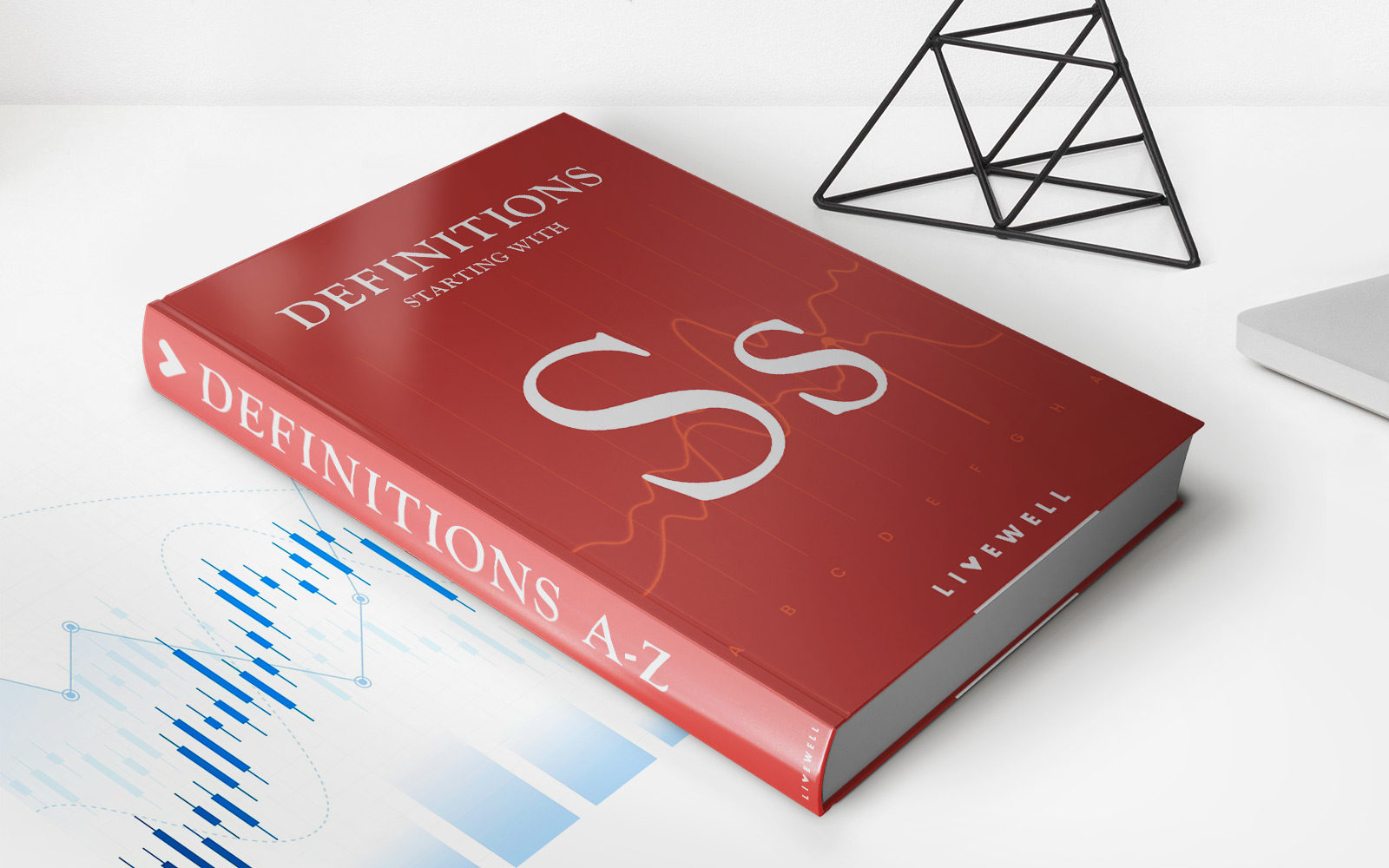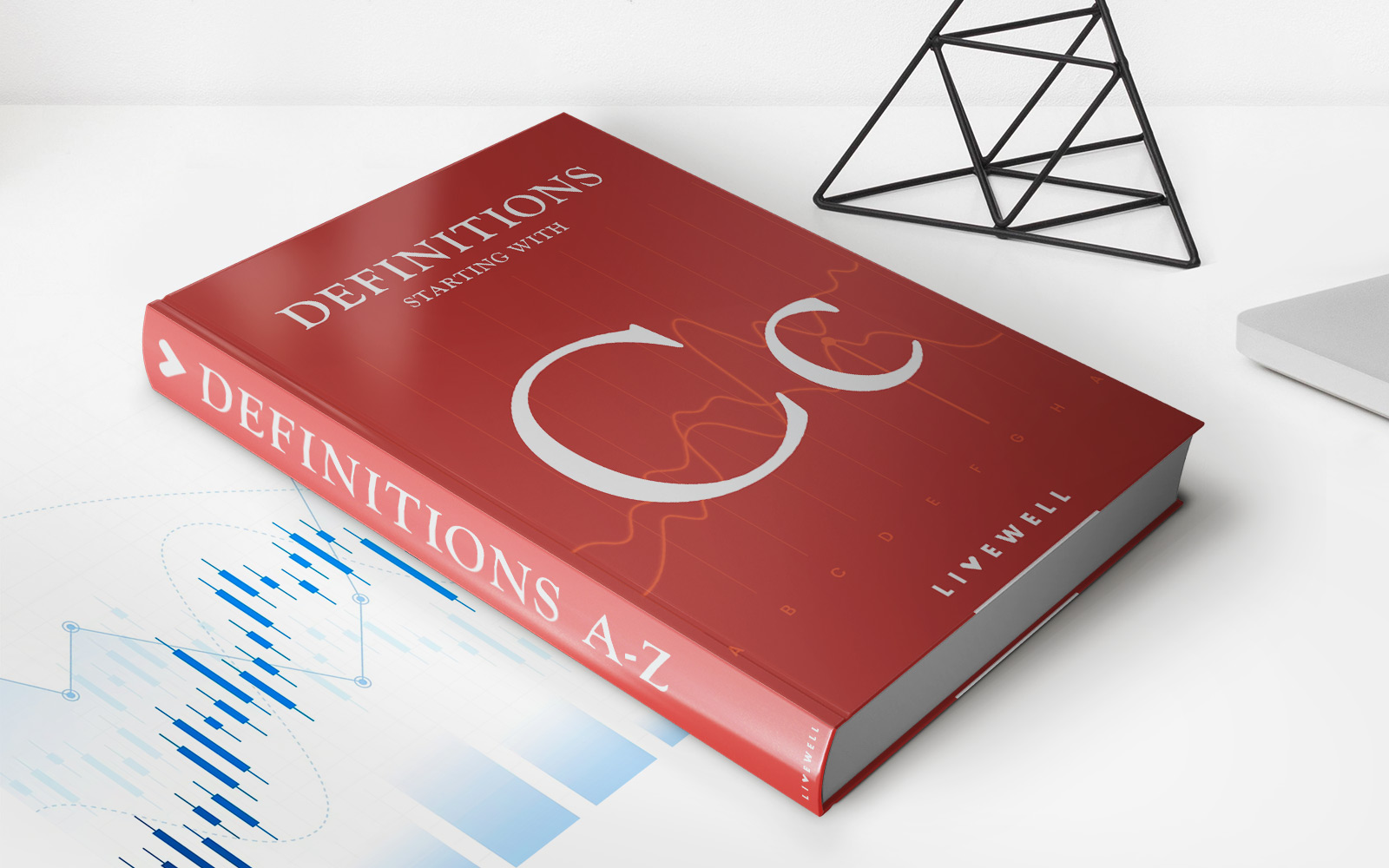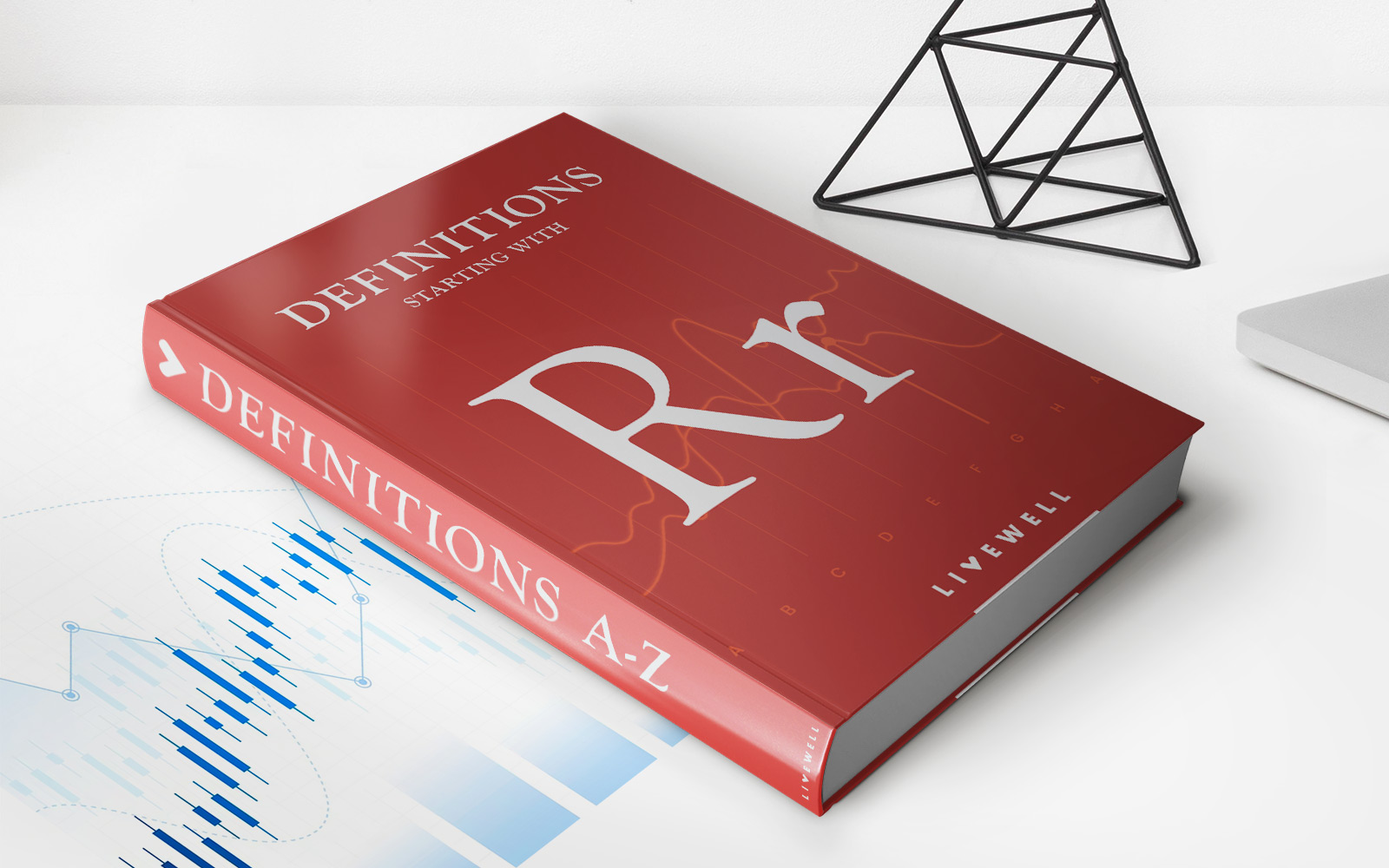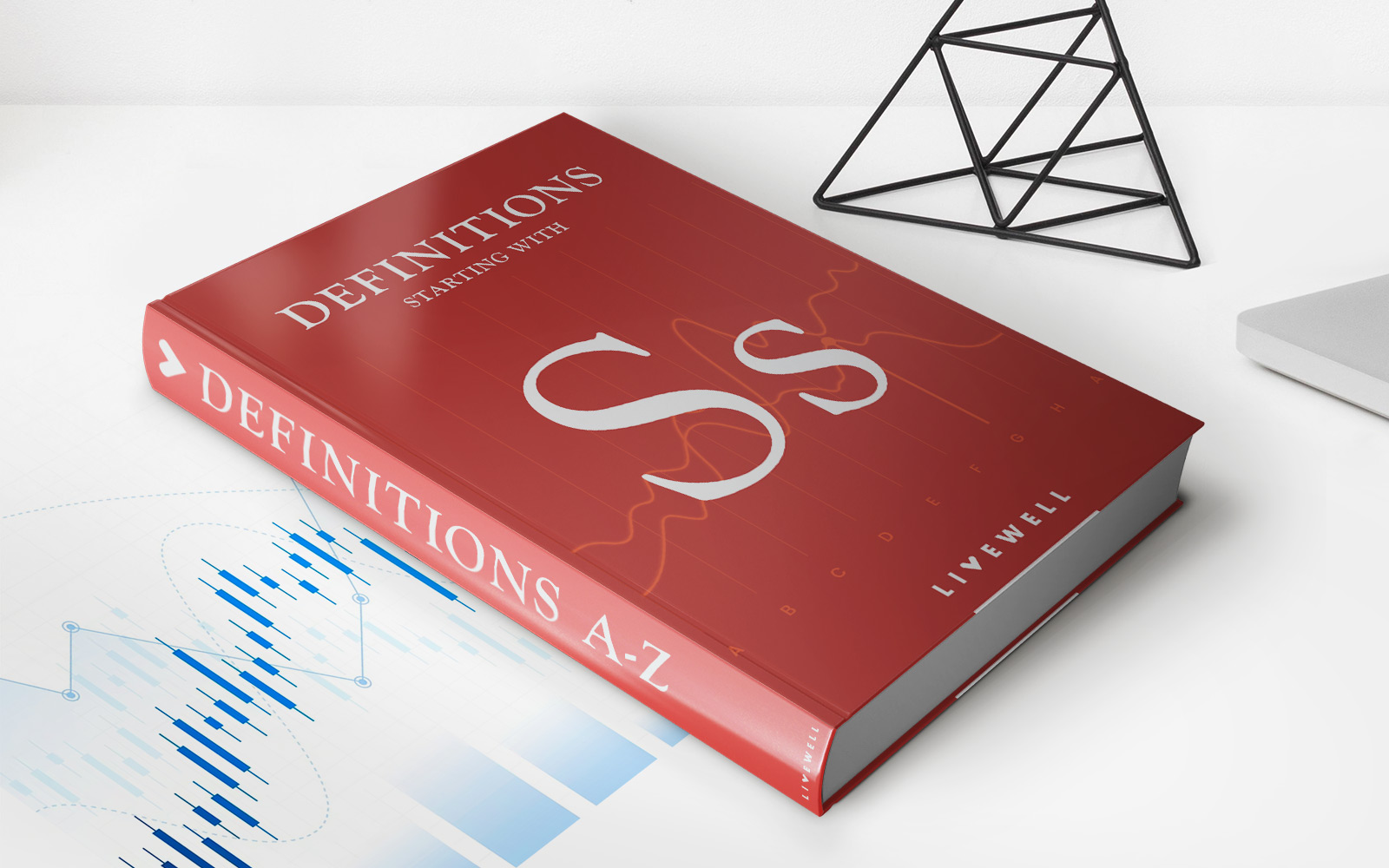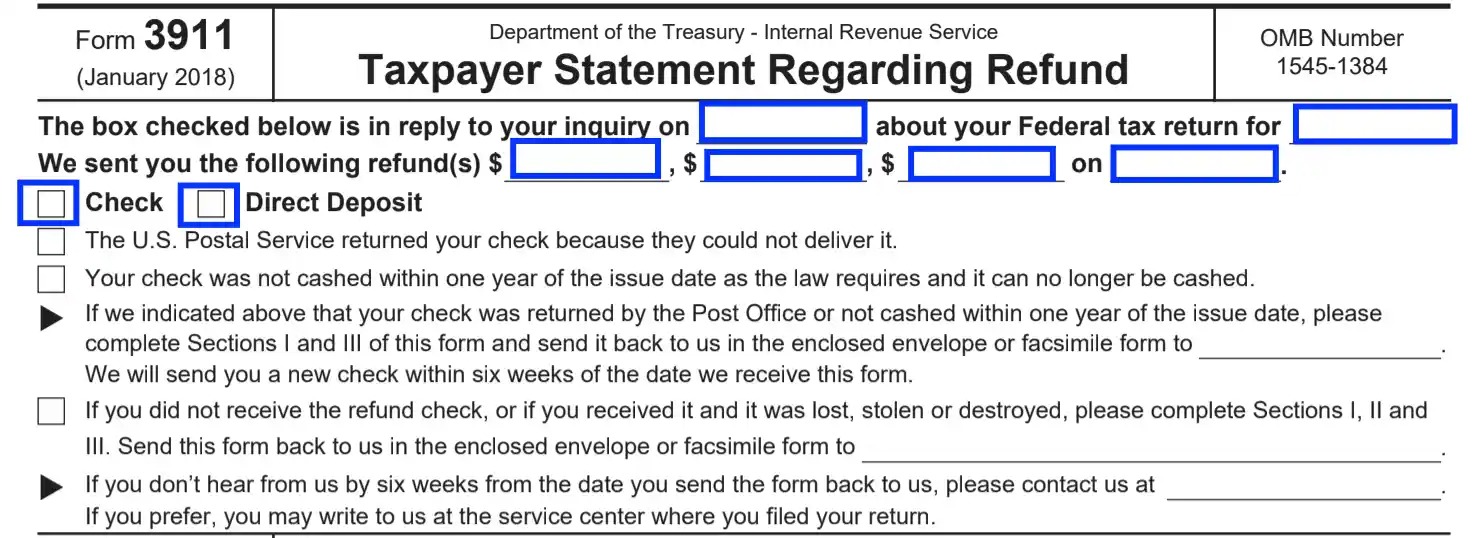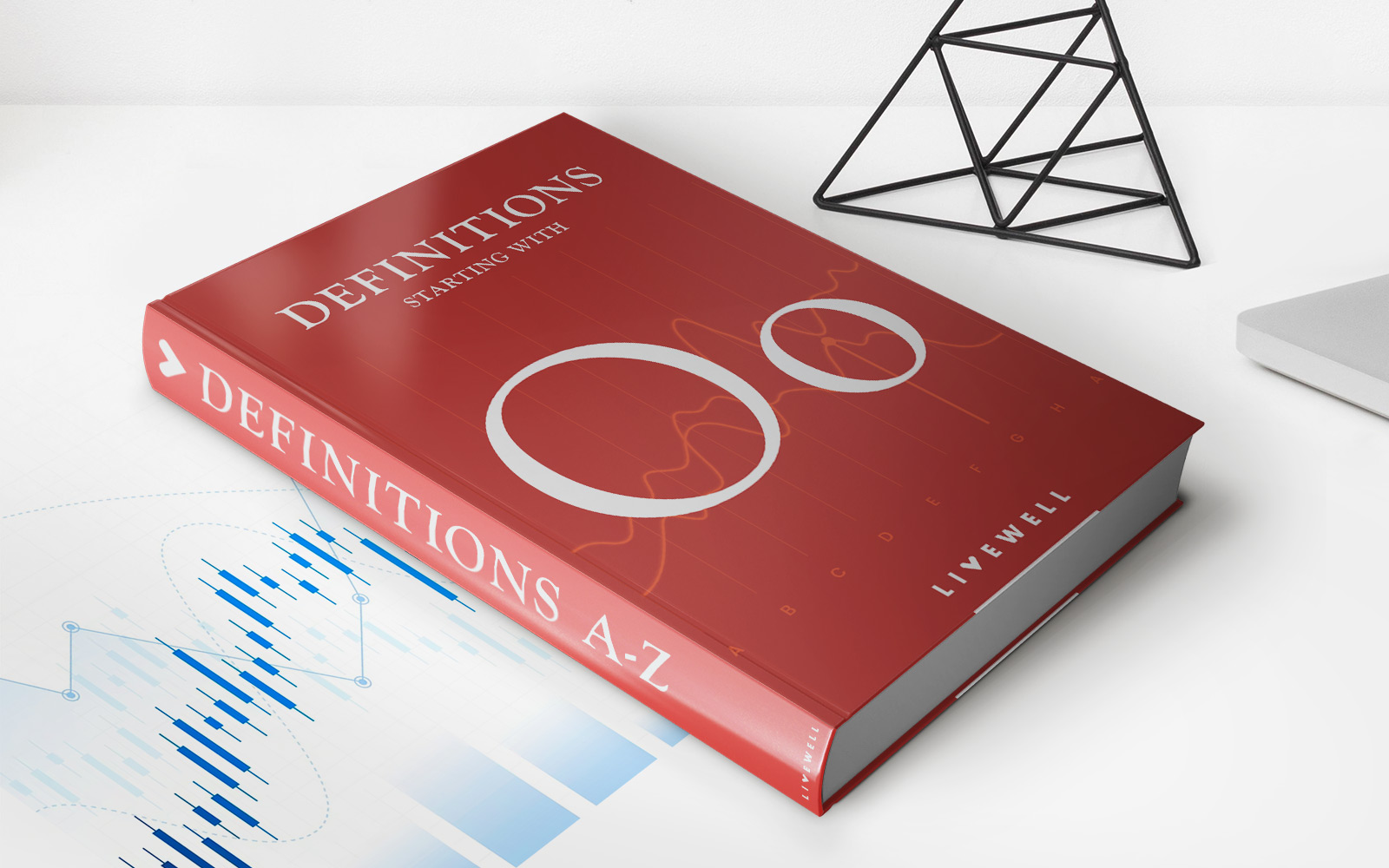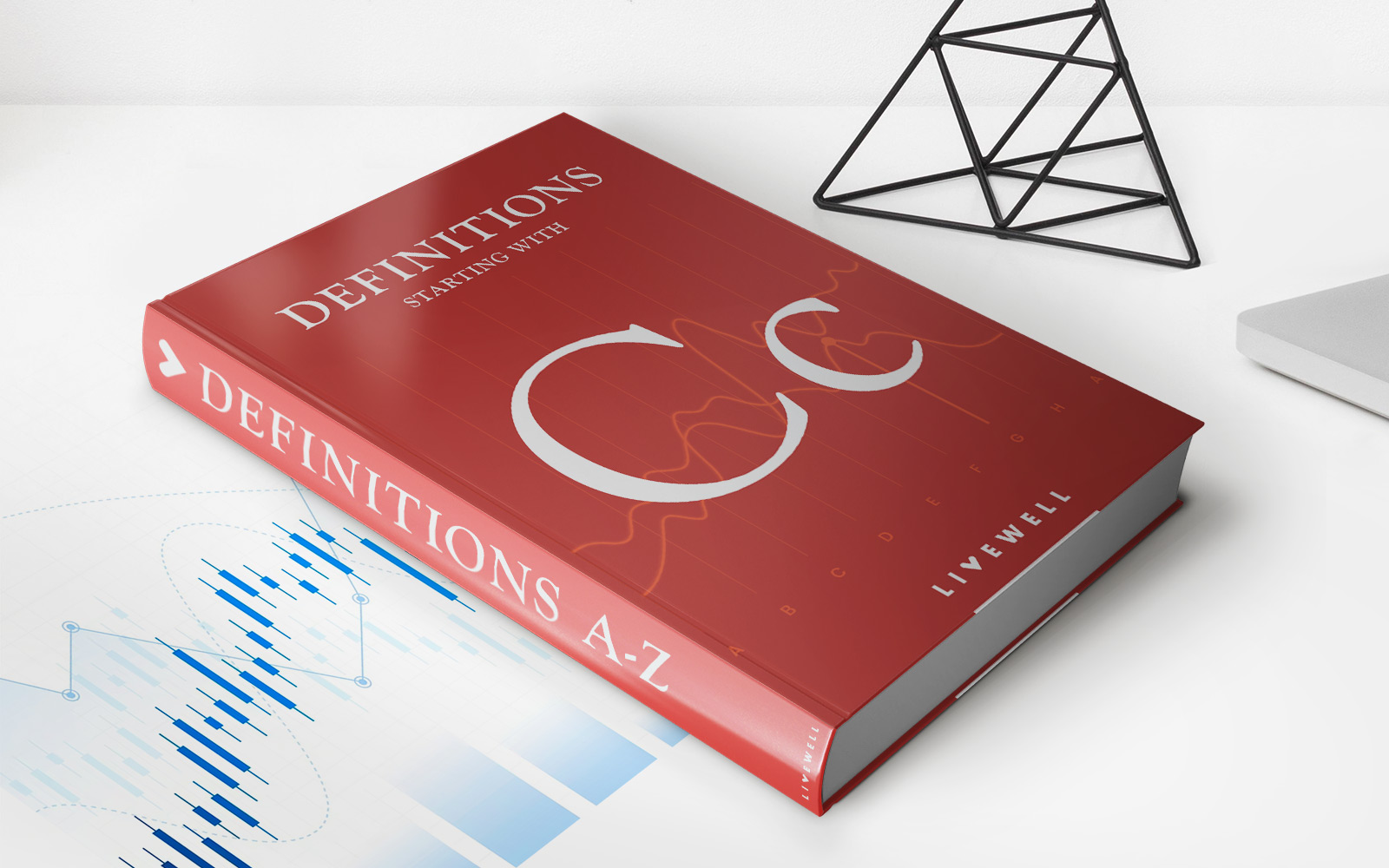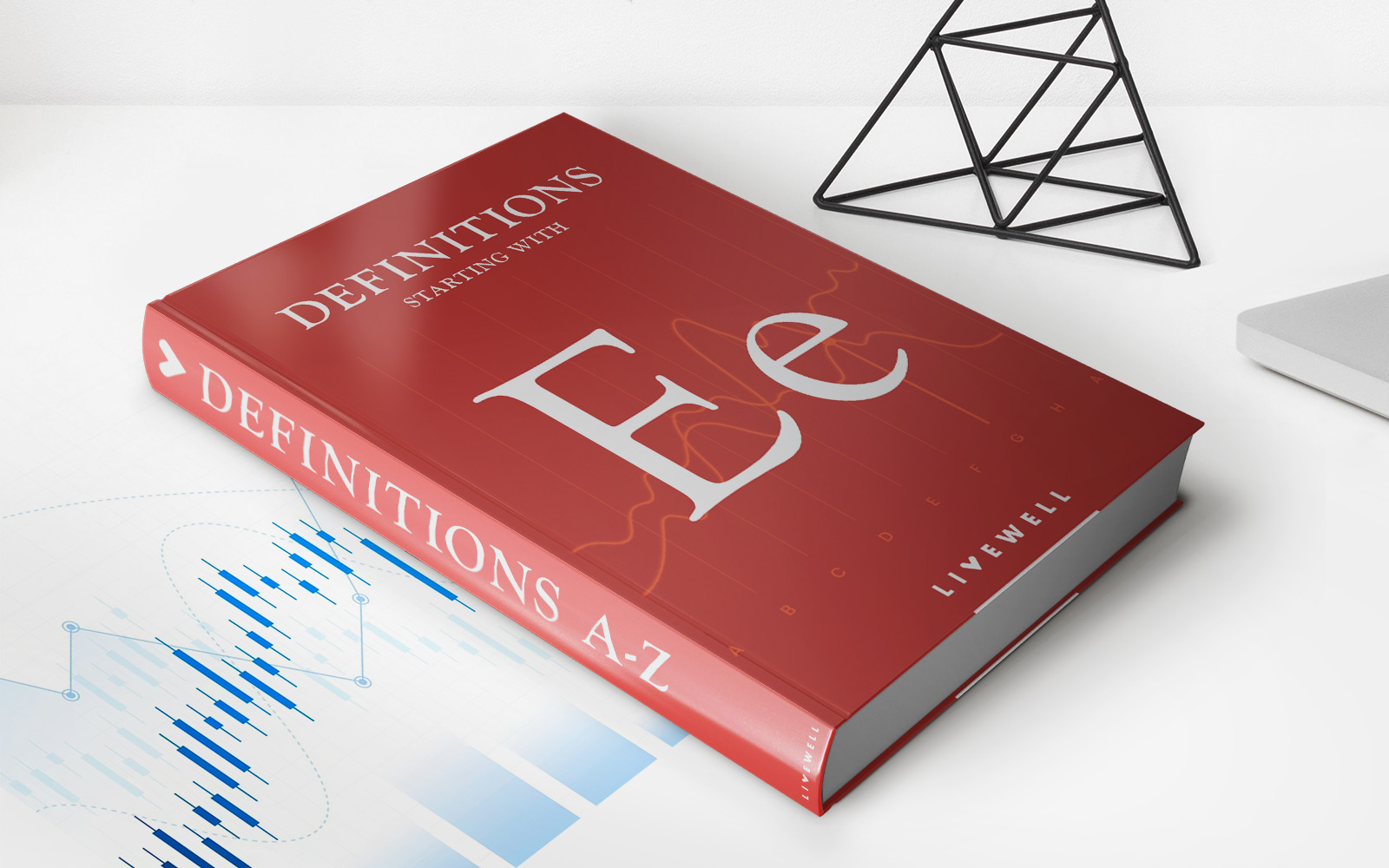Home>Finance>Demand Schedule: Definition, Examples, And How To Graph One
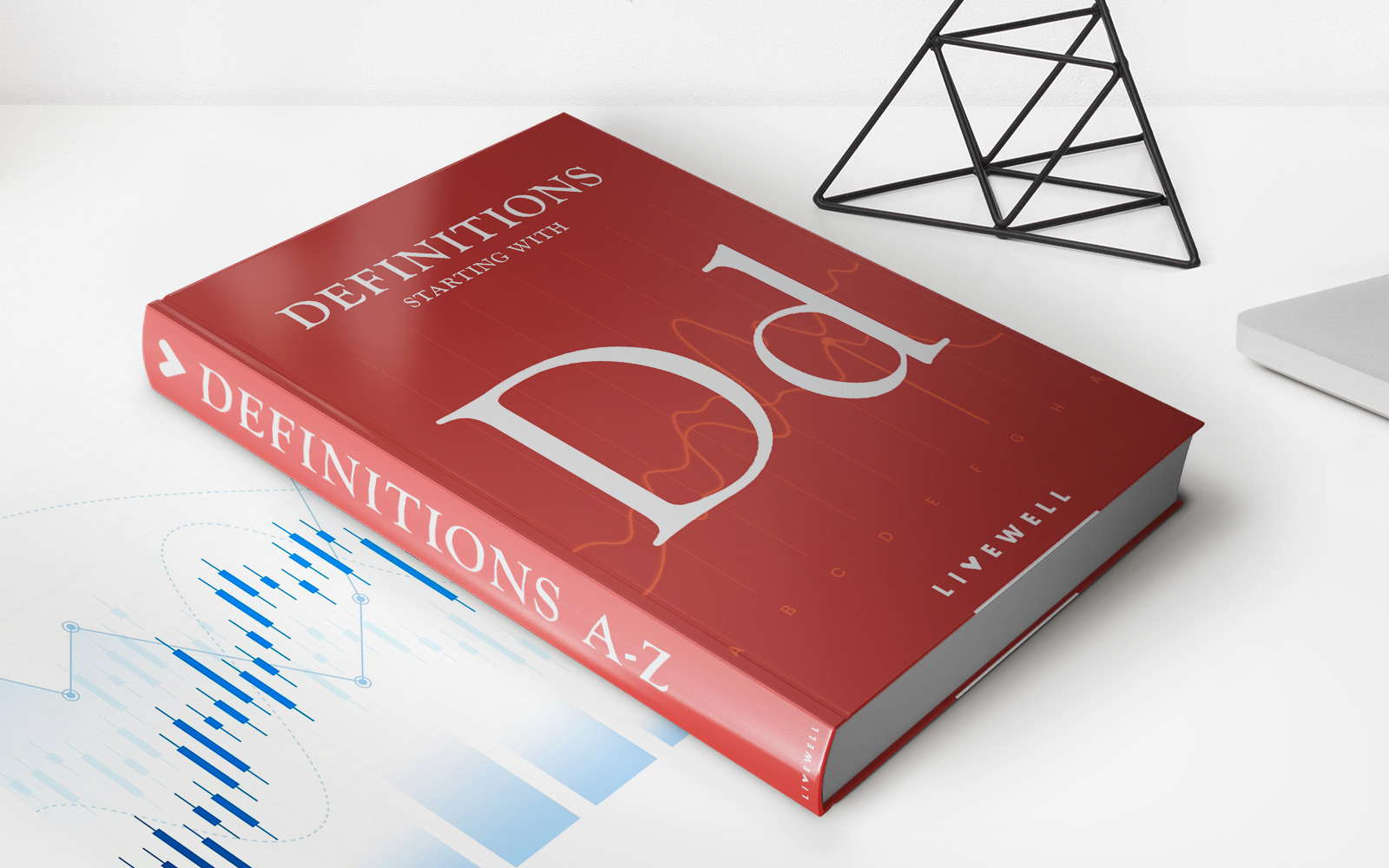

Finance
Demand Schedule: Definition, Examples, And How To Graph One
Published: November 10, 2023
Learn what a demand schedule is in finance, including definition, examples, and how to graph one. Explore the key concepts and apply them to your financial analysis.
(Many of the links in this article redirect to a specific reviewed product. Your purchase of these products through affiliate links helps to generate commission for LiveWell, at no extra cost. Learn more)
Demand Schedule: Definition, Examples, and How to Graph One
Understanding demand is crucial in the world of finance. When planning business strategies, pricing products, or analyzing market trends, having a clear grasp of demand is essential. Today, we’re diving into the concept of demand schedule, explaining what it is, providing examples, and teaching you how to graph one. So, let’s get started!
Key Takeaways:
- A demand schedule is a table that shows the quantity of a product or service that consumers are willing and able to purchase at different price points.
- Plotting a demand schedule on a graph helps visualize the relationship between price and quantity demanded.
What is a Demand Schedule?
A demand schedule is a tool used to depict the relationship between the price of a product or service and the quantity consumers are willing and able to purchase at various price levels. It provides valuable insights into the demand curve, allowing businesses to understand how changing prices impact consumer behavior.
Here’s an easy way to understand a demand schedule:
- A demand schedule is like a menu at a restaurant, where customers can choose from a variety of dishes at different prices.
- Each row in the demand schedule represents a different price point, while the corresponding column indicates the quantity of a product or service that consumers are willing to buy at that specific price.
Now that we know what a demand schedule is, let’s look at a concrete example:
Demand Schedule Example: Ice Cream Cones
Imagine you’re running an ice cream stand, and you want to understand the demand for your popular ice cream cones. You gather data for different price points and record the corresponding quantity demanded in a demand schedule, which might look like this:
| Price ($) | Quantity Demanded (Cones) |
|---|---|
| 1.00 | 100 |
| 1.50 | 90 |
| 2.00 | 80 |
| 2.50 | 70 |
| 3.00 | 60 |
By analyzing this demand schedule, we can observe that as the price increases, the quantity demanded decreases. This inverse relationship between price and quantity demanded is a fundamental concept in economics.
Graphing a Demand Schedule
Graphing a demand schedule allows us to visualize the data in a more tangible way, helping us understand the relationship between price and quantity demanded. To graph a demand schedule, follow these steps:
- On the X-axis (horizontal axis), plot the price points from the demand schedule.
- On the Y-axis (vertical axis), plot the corresponding quantity demanded.
- Connect the plotted points to form a demand curve.
Using our previous ice cream cone example, we can graph the demand schedule as follows:
By graphing the demand schedule, we can visually analyze the relationship between price and quantity demanded. It’s clear that as the price increases, the quantity demanded decreases, forming a downward-sloping demand curve.
Wrapping Up
A demand schedule is a valuable tool for businesses seeking to understand customer demand and its correlation with price. By creating a demand schedule, analyzing the data, and graphing it, businesses can gain insights into consumer behavior and make informed decisions about pricing and market strategies.
So, the next time you’re planning a business strategy or analyzing market trends, remember the power of the demand schedule and its ability to uncover valuable insights!
